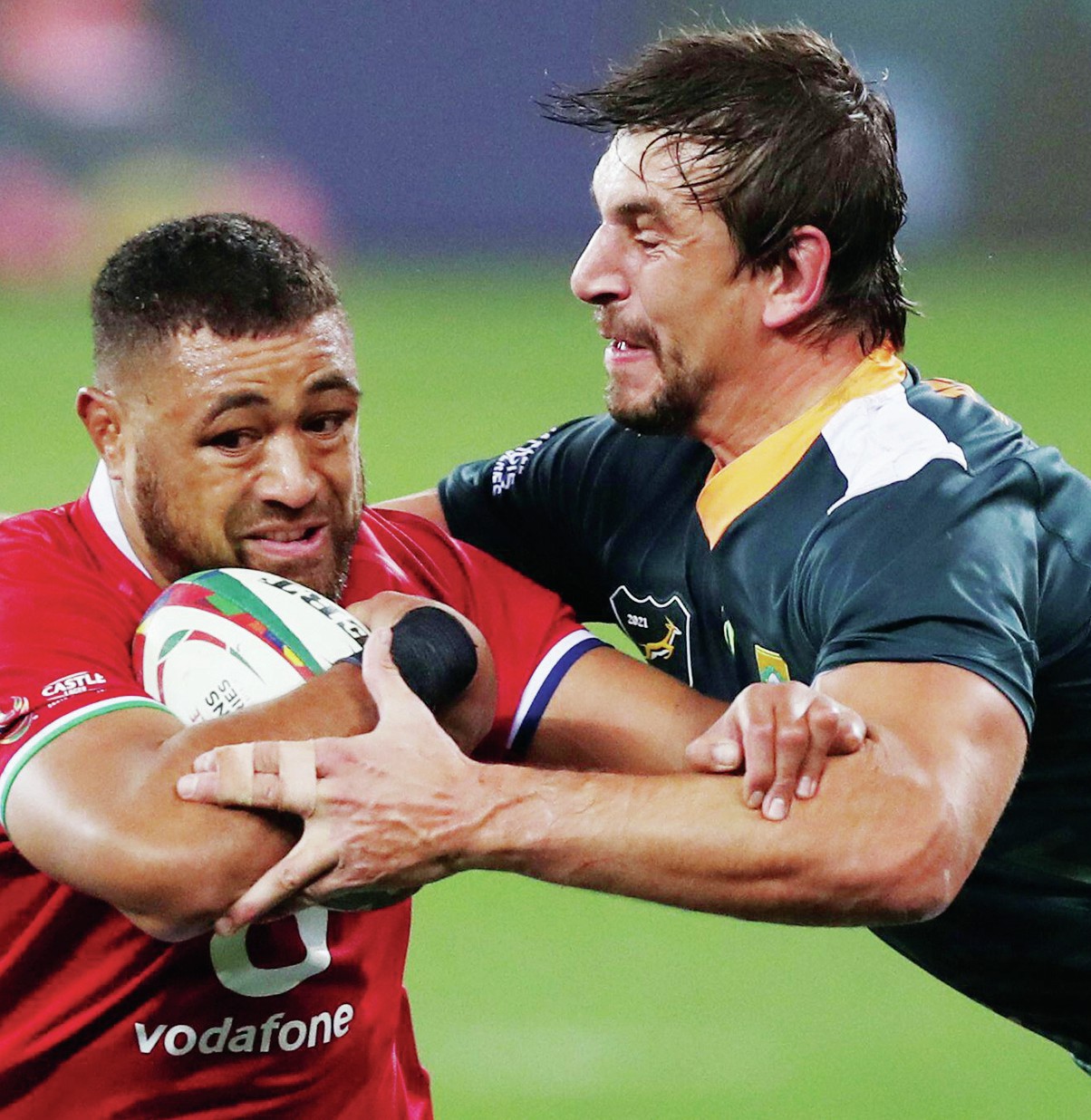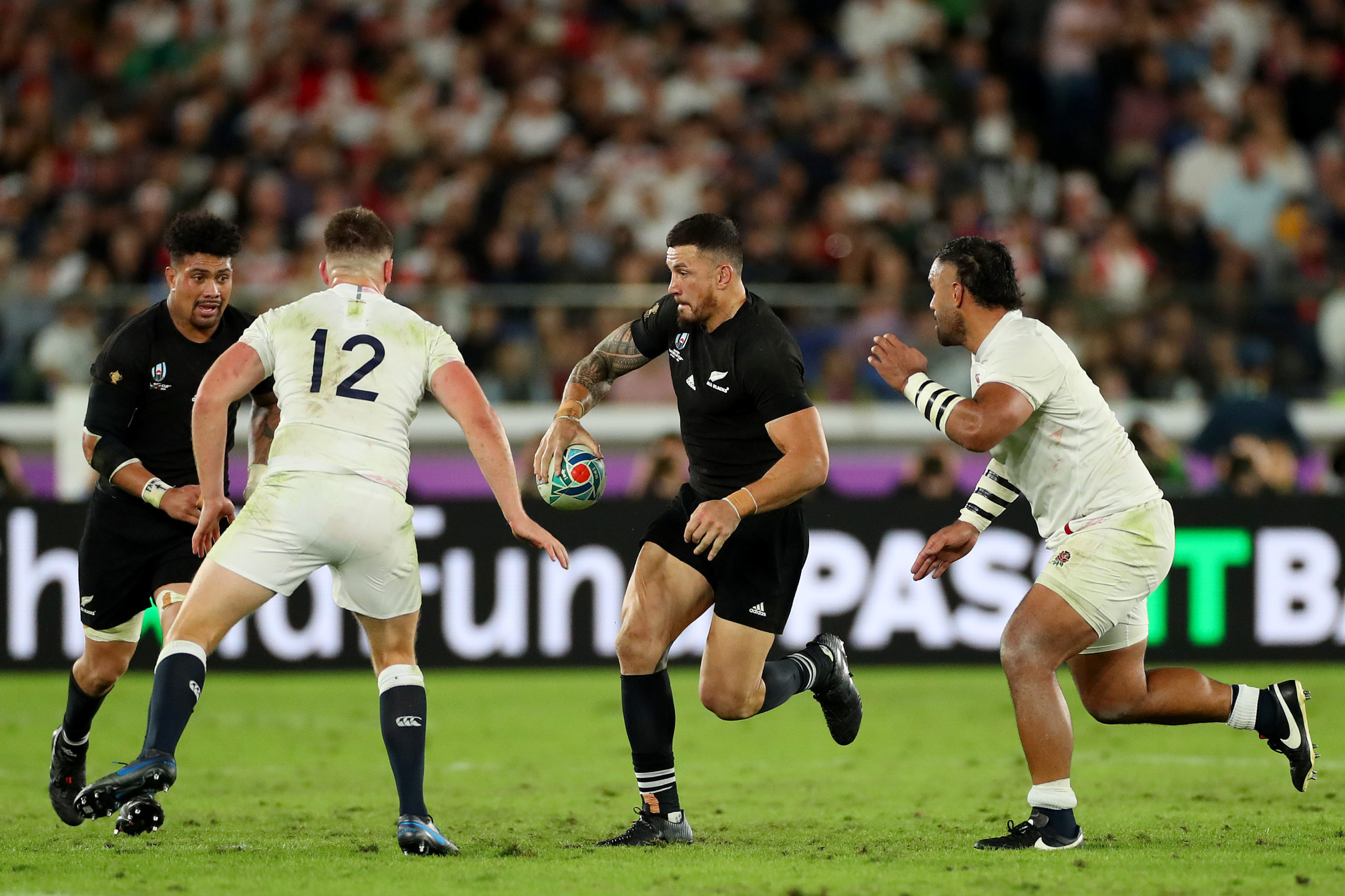British and Irish Lions
Springboks plan early mayhem against the Lions
Daniel Gallan looks at South Africa A’s win over the Lions on Wednesday night
More in British and Irish Lions
-


Ollie Chessum opts for relaxed approach
Ollie Chessum reckons the mayhem of a Lions tour has persuaded him to take...
-


Sir Ian McGeechan on What It Really Takes to Succeed in Rugby and Beyond
Sir Ian McGeechan stands among rugby’s most revered figures—celebrated for his exceptional impact as...
-


Louis Rees-Zammit – It’s my dream to be a British and Irish Lion again
Louis Rees-Zammit did not take much notice of events in Australia this summer –...
-


James Hook backing Jac Morgan for a repeat British and Irish Lions impact in New Zealand
Jac Morgan can be an even bigger hit in New Zealand in 2029 after...















